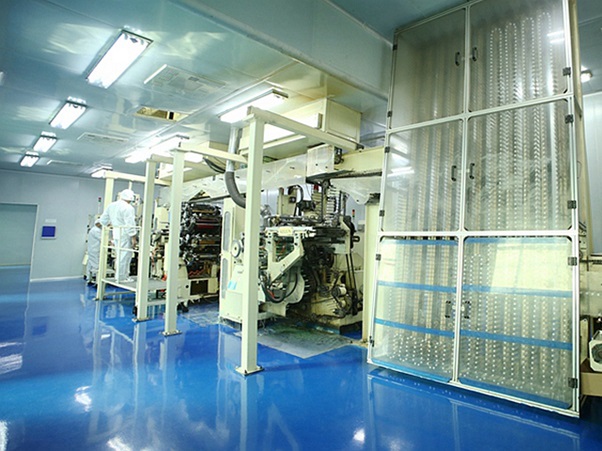Osteoarthritis has become a common form of knee arthritis, which is often associated either with obesity or repeated knee injuries. People suffer from intense swelling, warmth, limping, pain, and creaking of the affected joint. Many people face pain and stiffness after a long period of inactivity, like sitting in a chair. It happens because of escalating cartilage degeneration of knee joints that leads to deformity of bones more like an outward curvature, which is termed as “bow-legged”. In the case of the severity of pain and problems, Knee Replacement in Delhi becomes the best option for patients significantly.
What is a knee replacement?
Knee replacement is a surgical process of replacing a knee joint with a human-made artificial joint, which is known as prosthesis. The parts are usually made of metal and plastic, which are used to cap the ends of the bones and successfully form a knee joint along with a kneecap. Surgery is the option for those patients who suffer from a severe state of arthritis or knee injury. People who undergo knee replacement surgery have seen improvement in their pain and movement.
There are three types of knee replacement options, which are:
- Total Knee Replacement (the case where the whole knee is replaced)
- Partial Knee Replacement ( the affected part of the knee is replaced)
- Bilateral Knee Replacement (both knees joints are replaced at the same time)
Diagnosis for Knee Replacement
The role of the orthopedic surgeon is to assess the range of knee’s motion, stability, strength, and the extremely vulnerable condition as well. The basic form of test and X-rays are performed to determine the extent of the damage of the part of the patient’s bone.
According to the patient’s report, the doctor will choose the exact type of required knee replacement options, prostheses, and surgical techniques. Other factors that are considered are the age, weight, shape, and size of the knee, activity level, and overall health condition of the patient.
Procedure for Knee Replacement
Knee replacement requires 5-7 days stays at the hospital while the procedure varies according to the condition of the patient and doctor’s treatment.
The knee replacement surgery is performed while the patient is asleep under the combination of general anesthesia, nerve blocks, and spinal (epidural) anesthesia. The dosage of antibiotics is also injected to reduce pain and infection.
While the procedure commences when the orthopedic surgeon removes a part of the bone and diseased cartilage from where the patient’s femur (thigh bone) and tibia (shin bone) meet at the knee joint. Now, these surfaces are replaced with a metal implant which is protected with specially designed plastic caps. The caps are placed in between the two metal parts and the backside of the kneecap.
At the end of the surgery, it is observed that both the bones of the knee joint get a smooth finished surface where they can bend and flex painlessly, just like a healthy human bone.
Results of Knee Replacement
As a result of a knee replacement, the patients have seen a 90% improvement in pain and mobility that will give them a better quality of life, especially the adults. People can resume all the daily activities accordingly after three to six weeks of the surgery. Patients who show fast recovery can even drive if the knee is responding far enough to bend and sit in a car.
For middle-aged and adults, they can perform normal activities like walking, swimming, biking, and other low-impact routine work. Well, the concerned doctor will guide and instruct limitations according to the patient’s condition.











